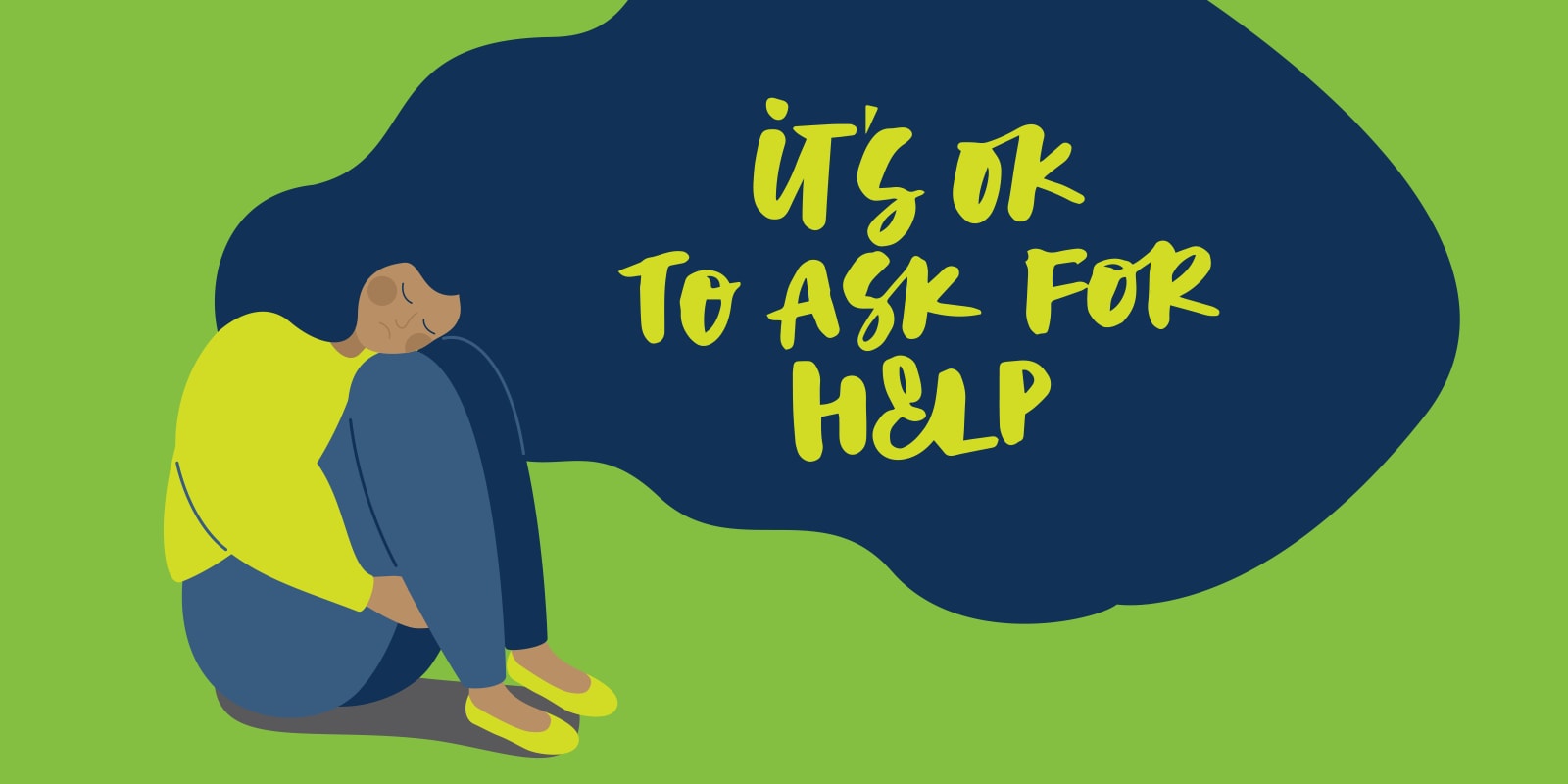Reframing negative thinking

Do you ever find yourself jumping to the worst possible conclusions in everyday situations? When you’re facing an upsetting scenario, do you find yourself preparing for negative outcomes as if they’ll inevitably come true? If so, you’re “catastrophizing” — and you’re not alone. Catastrophizing is a distorted way of thinking that causes people to assume the most destructive outcomes, typically without much justification, sending them spiraling into a loop of fearful thoughts. It’s a behavior that can be easy to fall into and hard to overcome.
Clinical Licensed Psychologist, Patrick Moran, PhD explains, “Catastrophizing takes an often-minor true experience and projects the probability of it being a reality in the future without sufficient and reliable evidence, usually in larger proportions than the original experience. It’s often comprised of ‘Fortune Teller Error,’ and ‘Mind Reading’ where people believe in their accuracy in predicting future outcomes and/or what others are thinking. It can make people very anxious when catastrophic thinking habits are not balanced by contradictory facts, or if the facts are dismissed or minimized.”
The mind-body connection of catastrophizing
Beyond the effects on your mental health, this kind of fearful thinking can trigger strong physical reactions in your body. The amygdala, located in the center of the brain, is activated by fear and alerts the nervous system. This causes a release of adrenaline and the stress hormone, cortisol, which can trigger your “fight or flight” instinct. This instinct results in elevated heart rate, blood pressure, and respiration as well as increased blood flow to your limbs to help you “fight” or “run for your life”.
While this “fight or flight” response is meant to prepare us for danger, the increased adrenaline affects our cerebral cortex, the area of the brain that controls judgment and reasoning, cognitive functioning, and ability to think clearly — ultimately coloring our decision making.
How can I stop catastrophizing?
If this is a common experience for you, you may want to try cognitive reframing, a psychological method that involves identifying and changing the way you view experiences, events, or emotions in order to stop yourself from “making a mountain out of a molehill”. The technique allows you to shift your mindset so you're able to look at a situation, person, or relationship from a slightly different perspective and replace your negative thoughts.
For example, if you find yourself catastrophizing frequently at work, consider some of the situations that may trigger those thoughts. Is it conversations with specific people or working on specific projects? If you identify those potential triggers, you can practice reframing your thinking in advance of the situation to help avoid fearful thoughts. Before facing the triggers you’ve identified, envision positive scenarios and ideal outcomes. Expect the best instead of preparing yourself for negative results or failure. Be specific and walk yourself through an ideal experience. Include details like positive conversations and outcomes. Envisioning these scenarios with a positive mindset can help you avoid fearful thinking and the effects that come with it.
What strategies or tips do you find helpful to promote positive thinking?
If you've found this article helpful, please feel free to share it! Be sure to read the other articles in this series, including The End Of The Mental Health Care Stigma.
Read more

